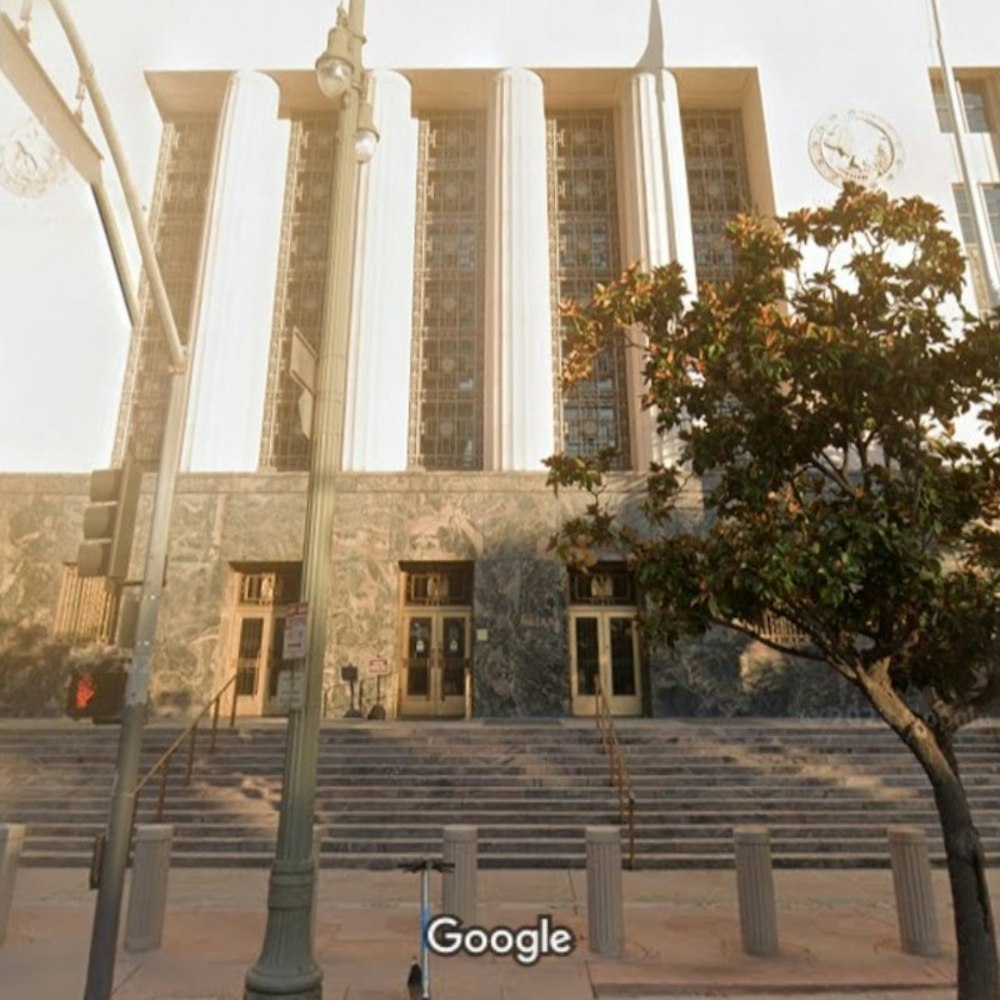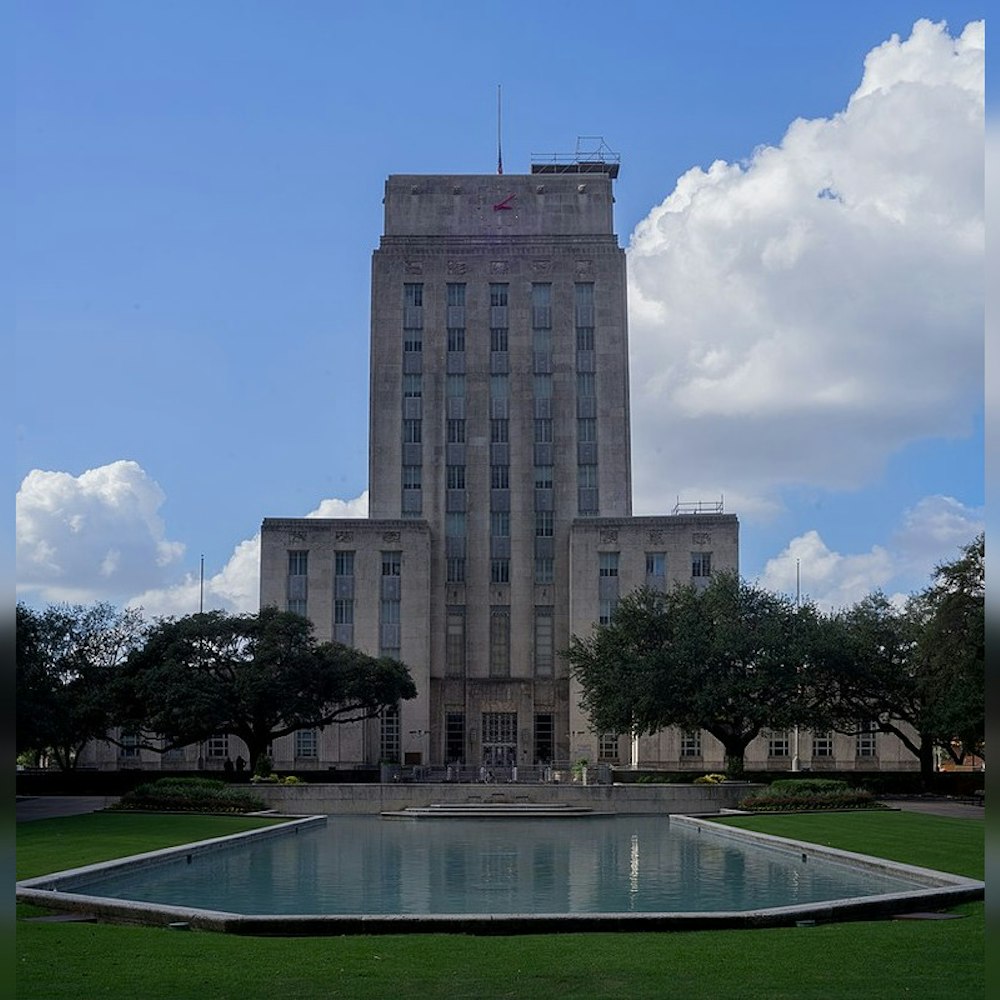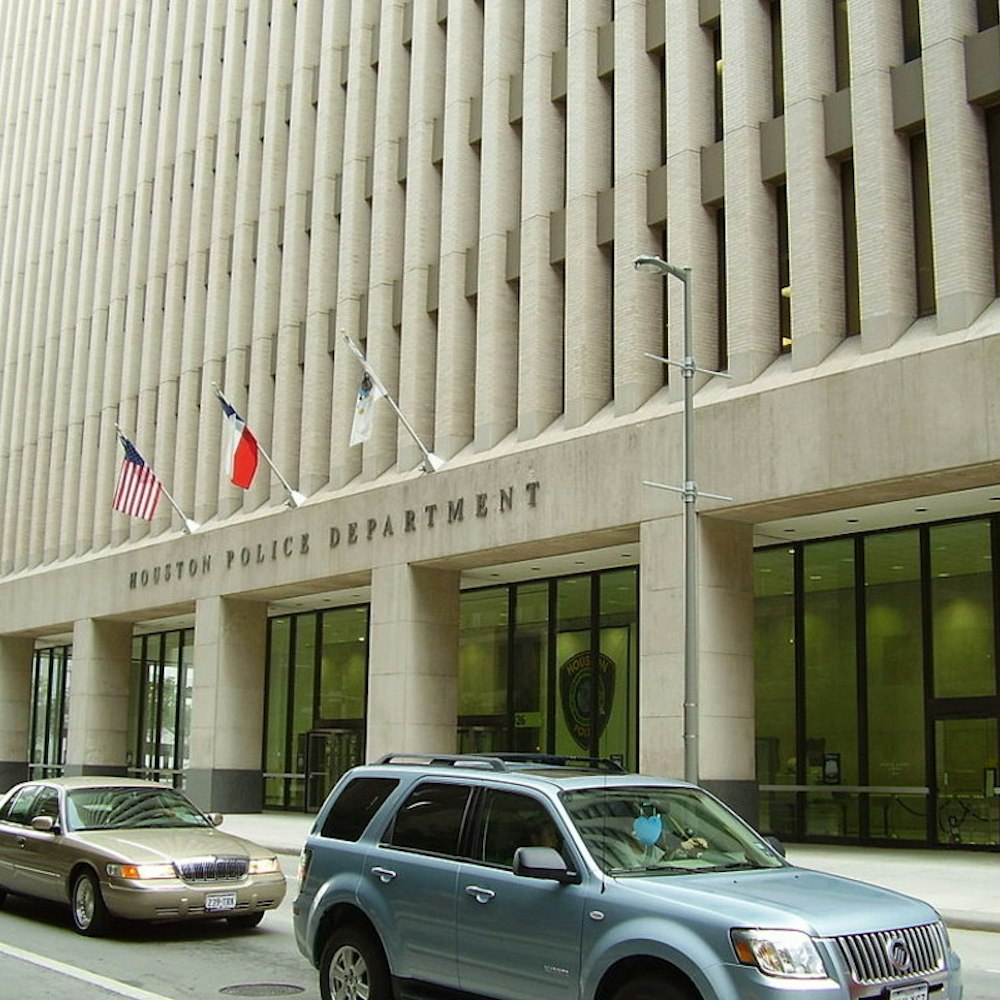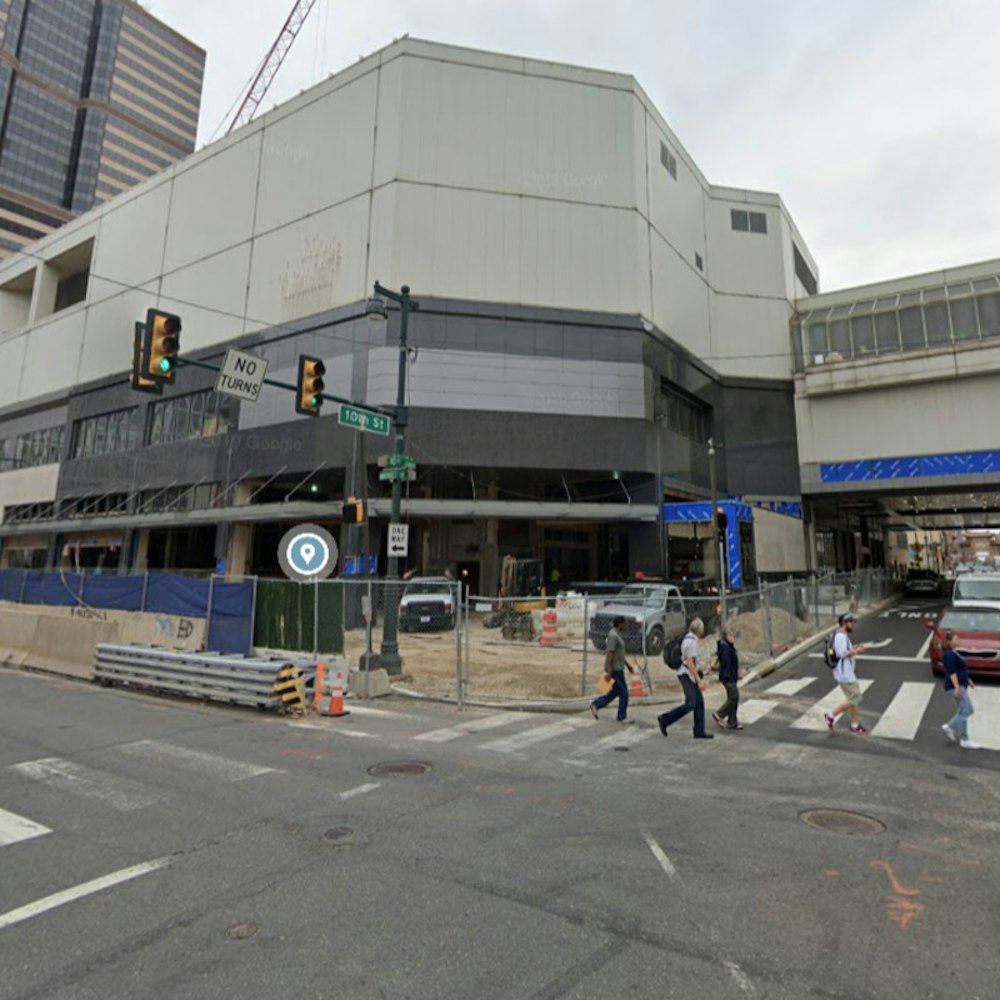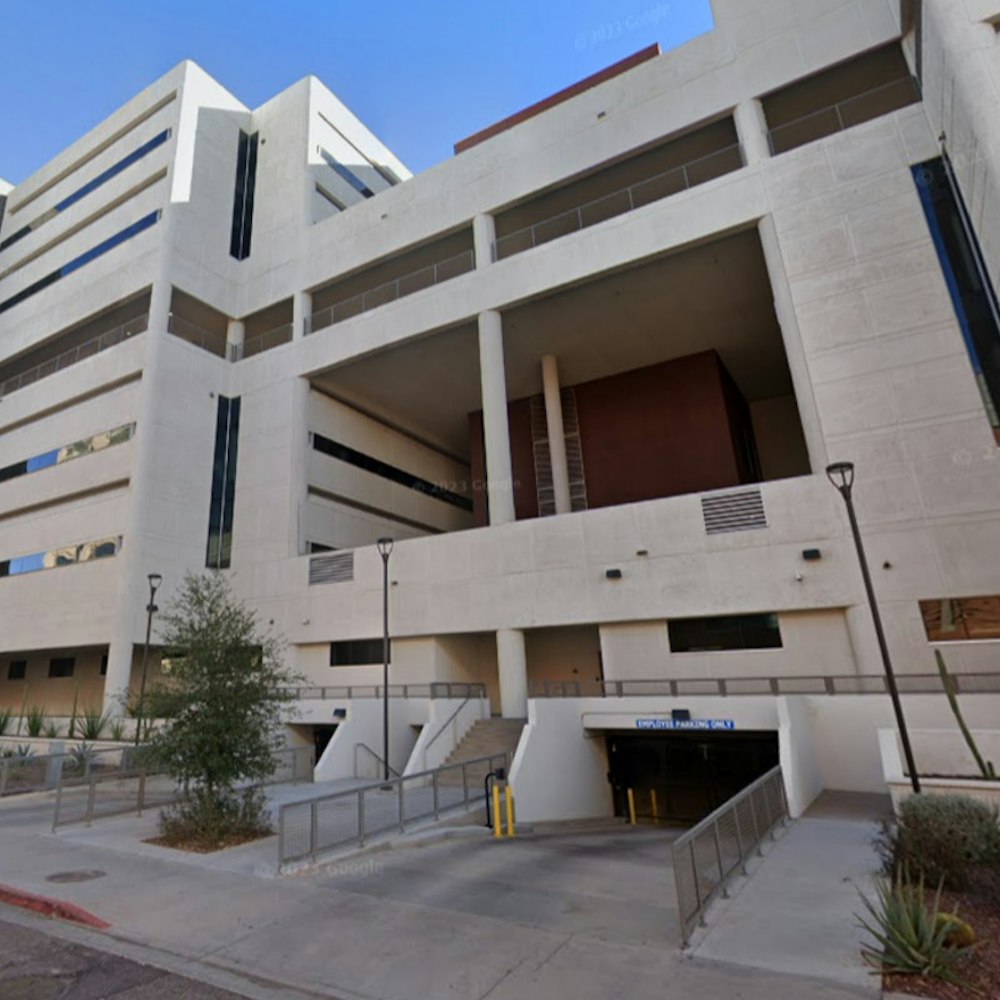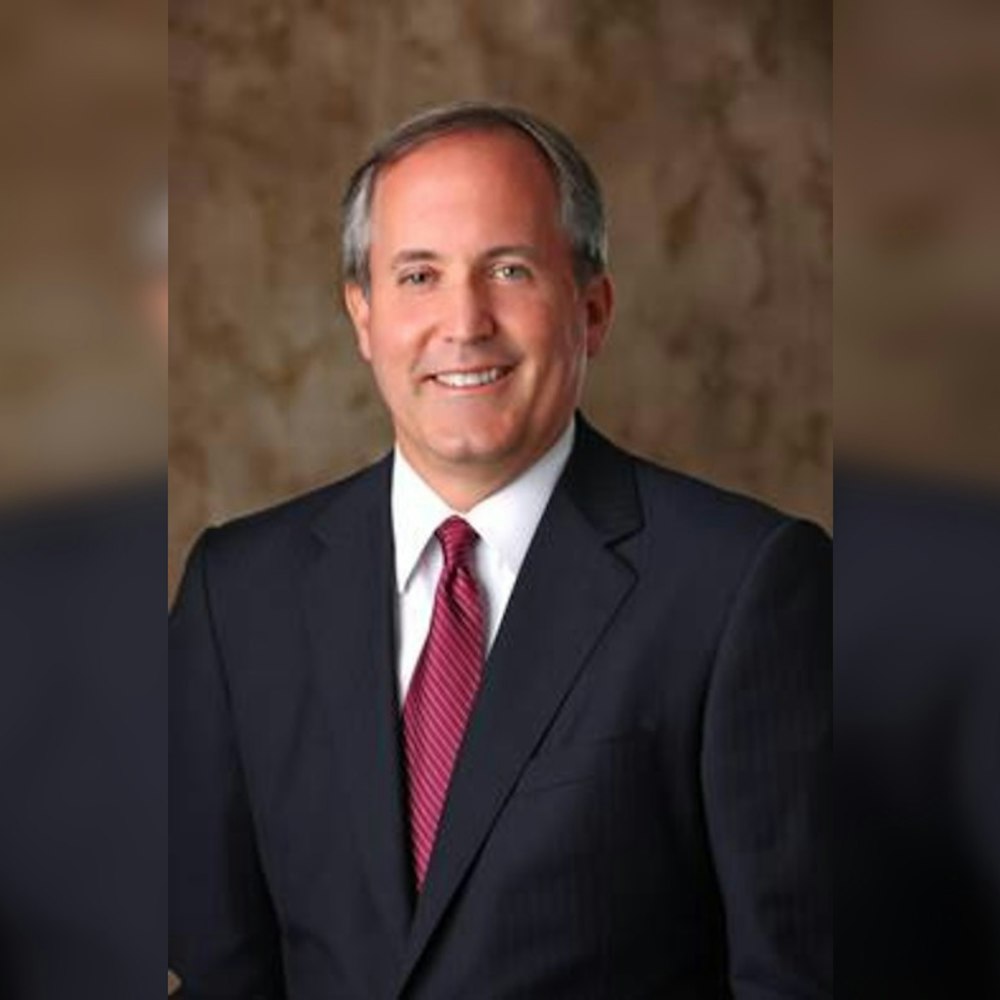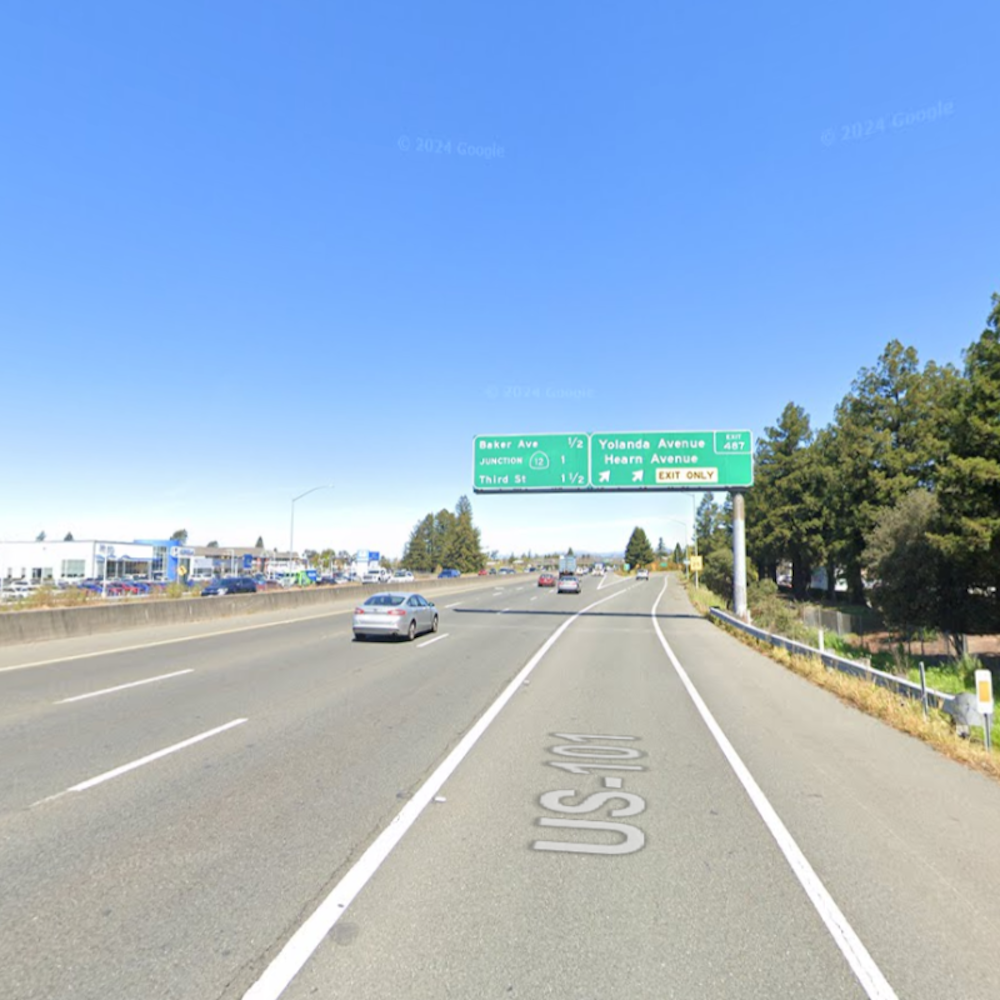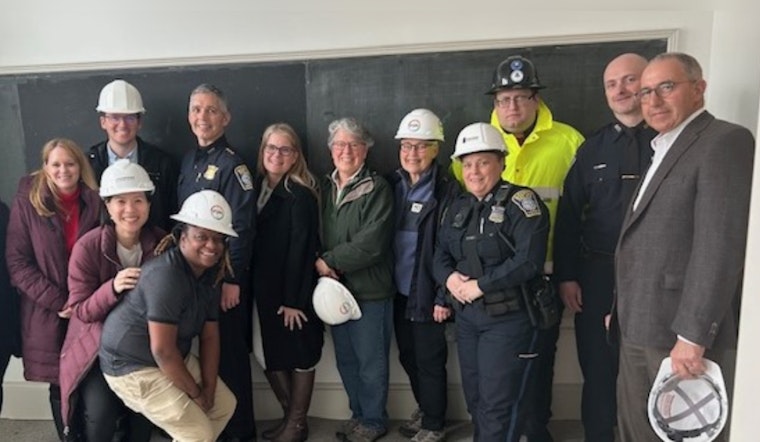
Members of Boston's Police Department District E-18 took proactive steps to ensure the safety of one of the city's more vulnerable communities this week, partaking in a walk-through of the new “Pryde LGBTQ Senior Housing” facility. Before its doors officially open to residents this spring, the Boston officers, including Deputy Dahill, joined in close coordination with the Pryde community to assess security measures.
The Boston Police Department (BPD) emphasized their commitment to community engagement, recognizing the importance of collaborating with groups that might otherwise be marginalized, the BPD reported on their website where they detailed the event, highlighting that their officers and Deputy Dahill had an in-depth interaction with members of the Pryde LGBTQ Senior Housing facility, ensuring the residents' security concerns are met before the building officially becomes home to its tenants in the coming months.
These safety walk-throughs are an integral part of the BPD's broader initiative to serve diverse communities within Boston, taking into consideration the specific needs and concerns of various groups. The department aims to prevent potential issues by offering these preparatory security assessments and by building relationships between police officers and community members, thereby fostering a more inclusive and protected environment for all individuals, including the LGBTQ senior community.
In an age where discussions around police and community relations are fraught with tension, the BPD's incident exemplifies an effort to bridge gaps; they not only ensure that residents feel secure in their living spaces but also demonstrate a pledge to engage with and understand various subsections of their jurisdiction, providing a template of community policing rooted in cooperation and mutual respect for diverse population segments, which is one step towards mending rifts that have historically plagued law enforcement interactions.
